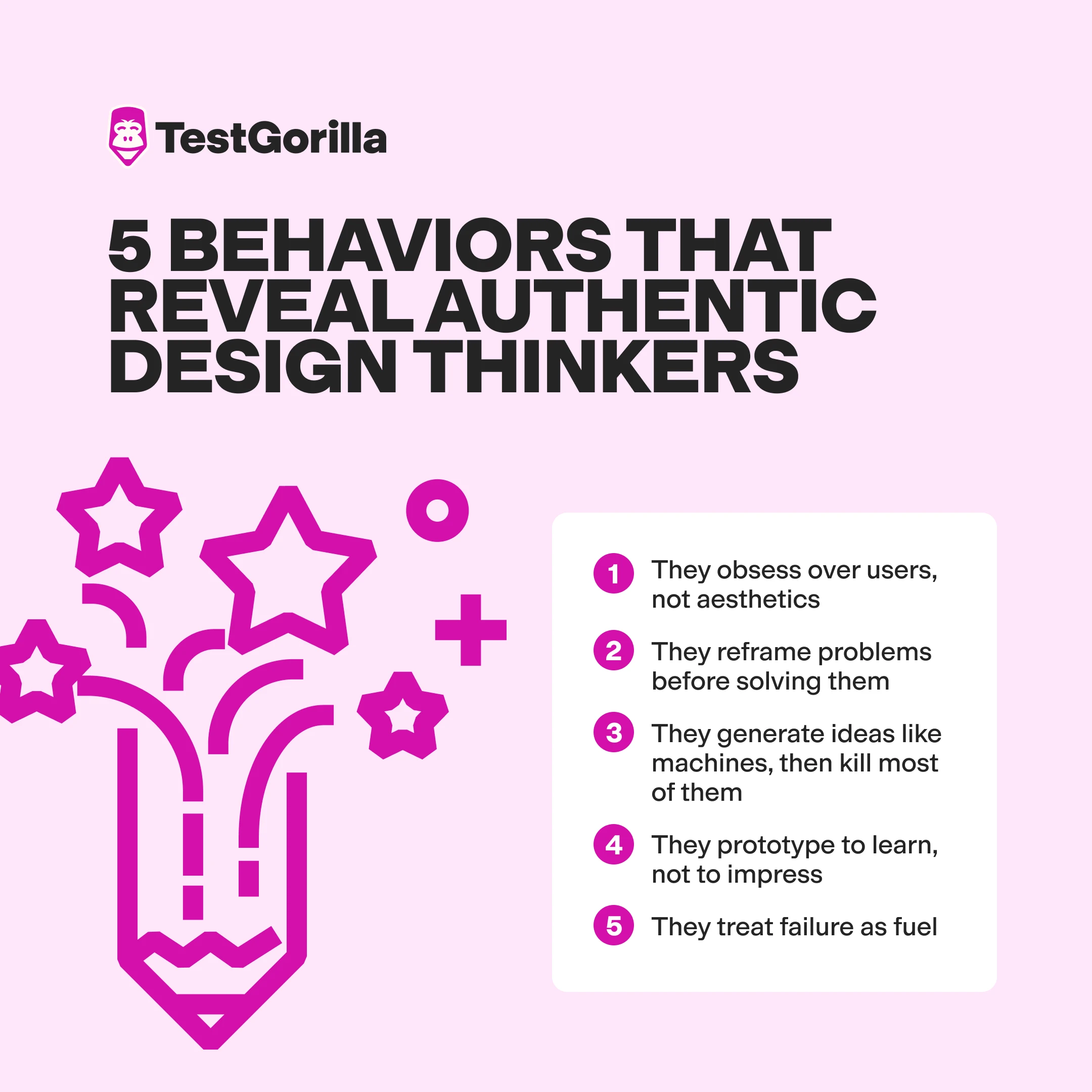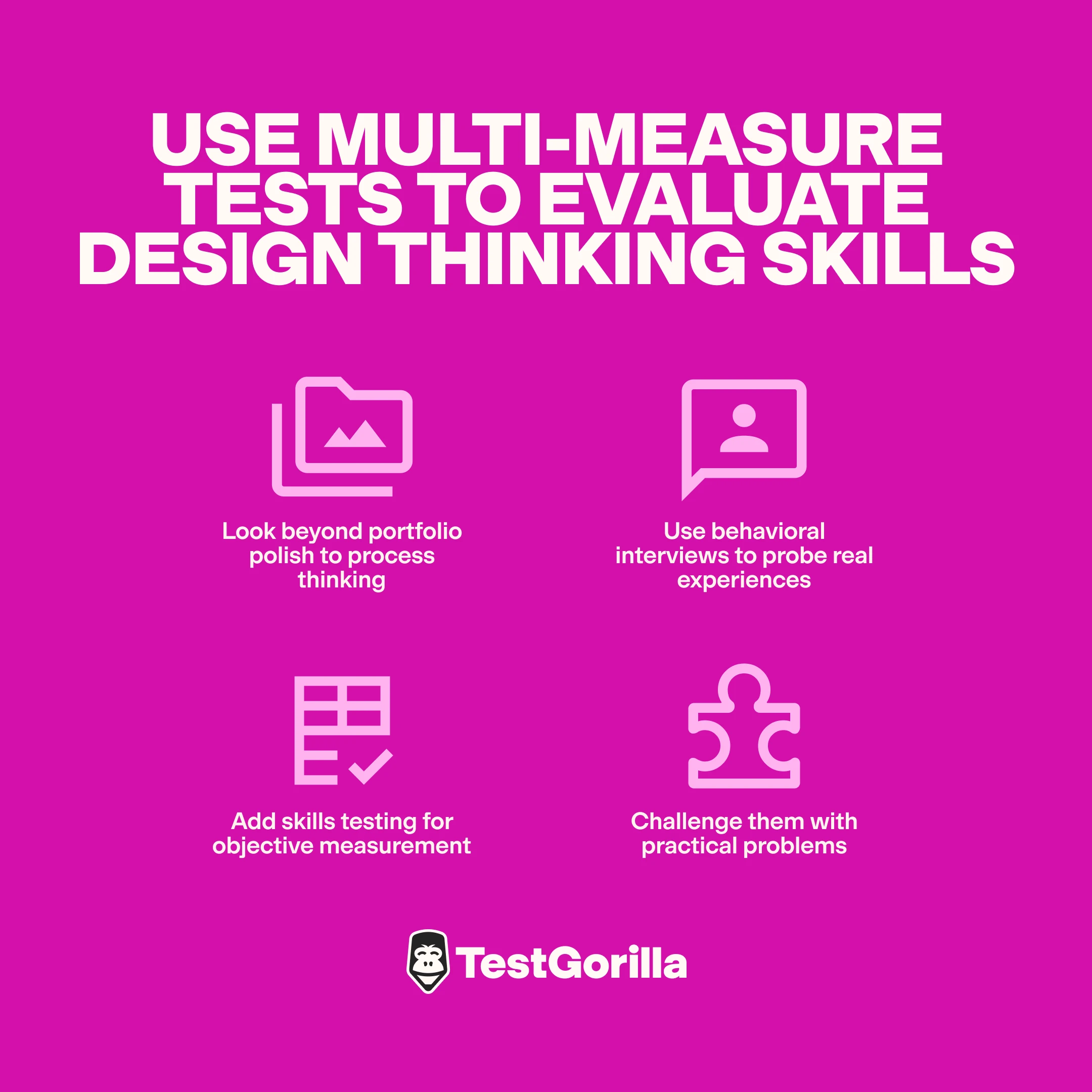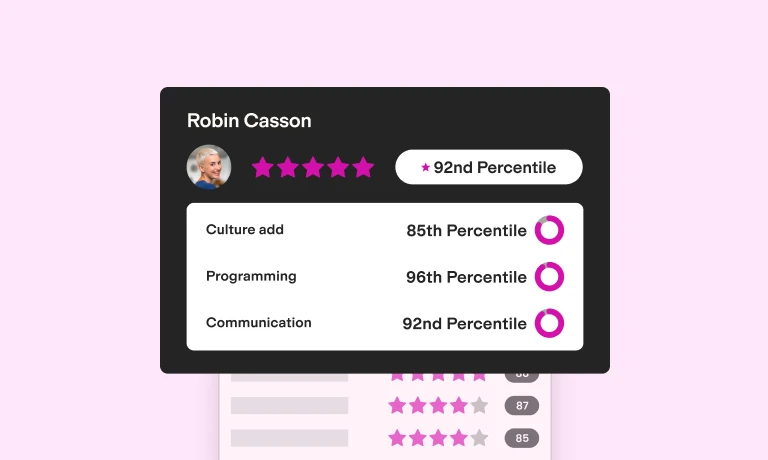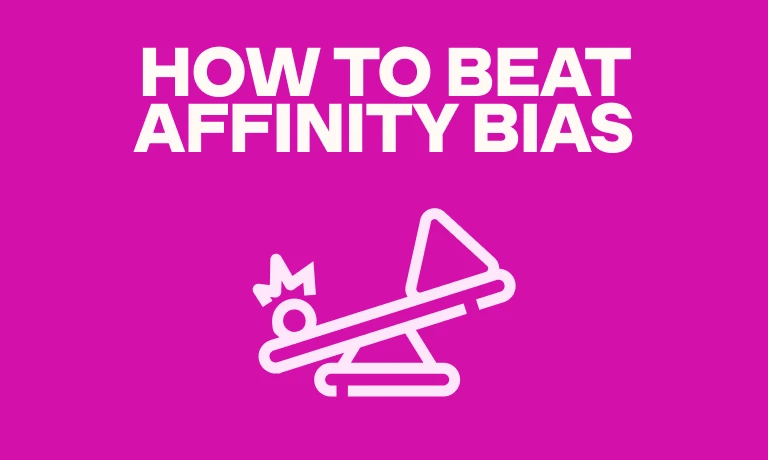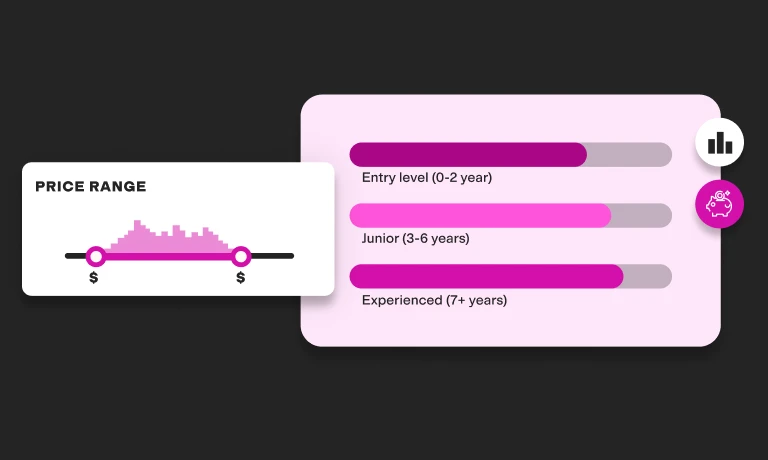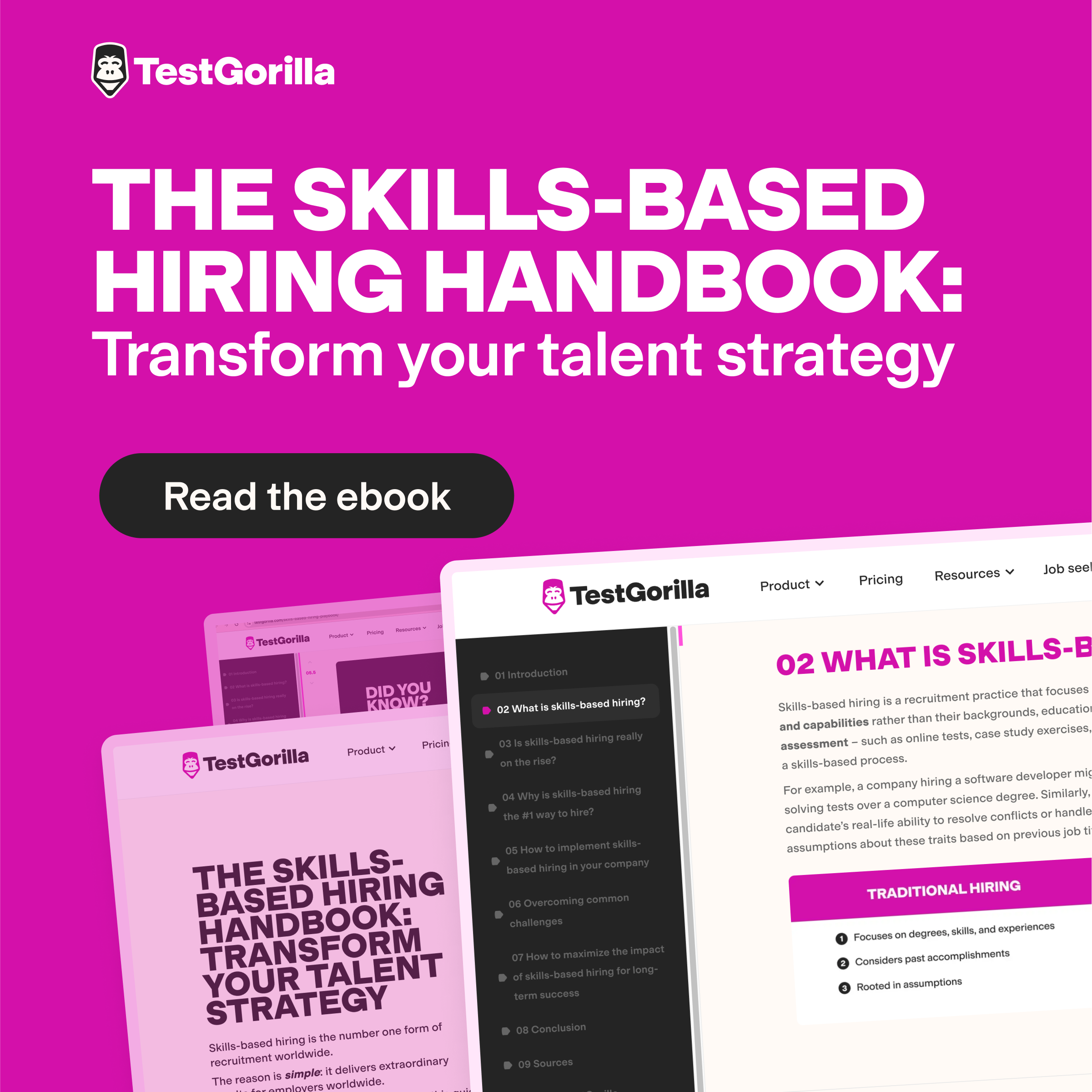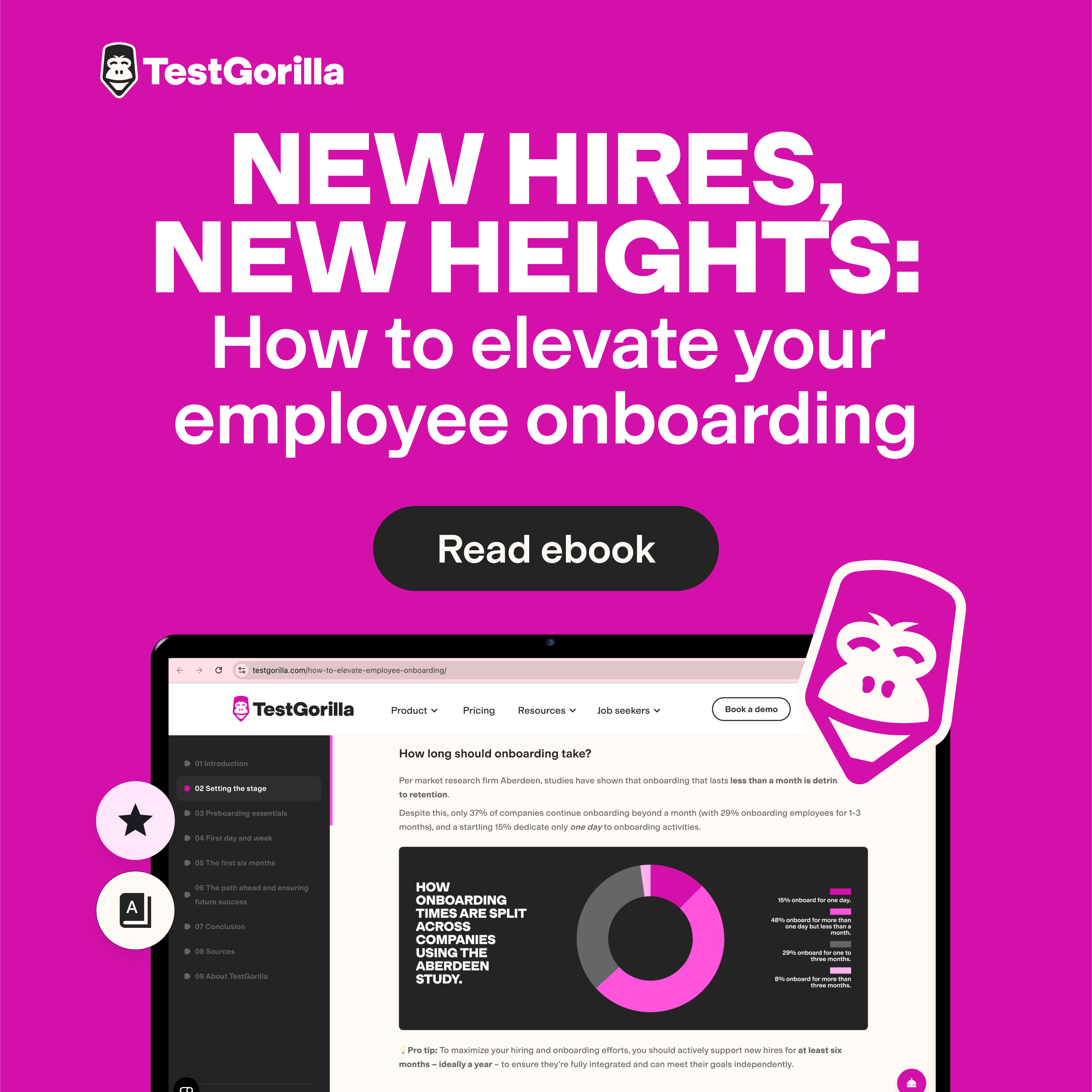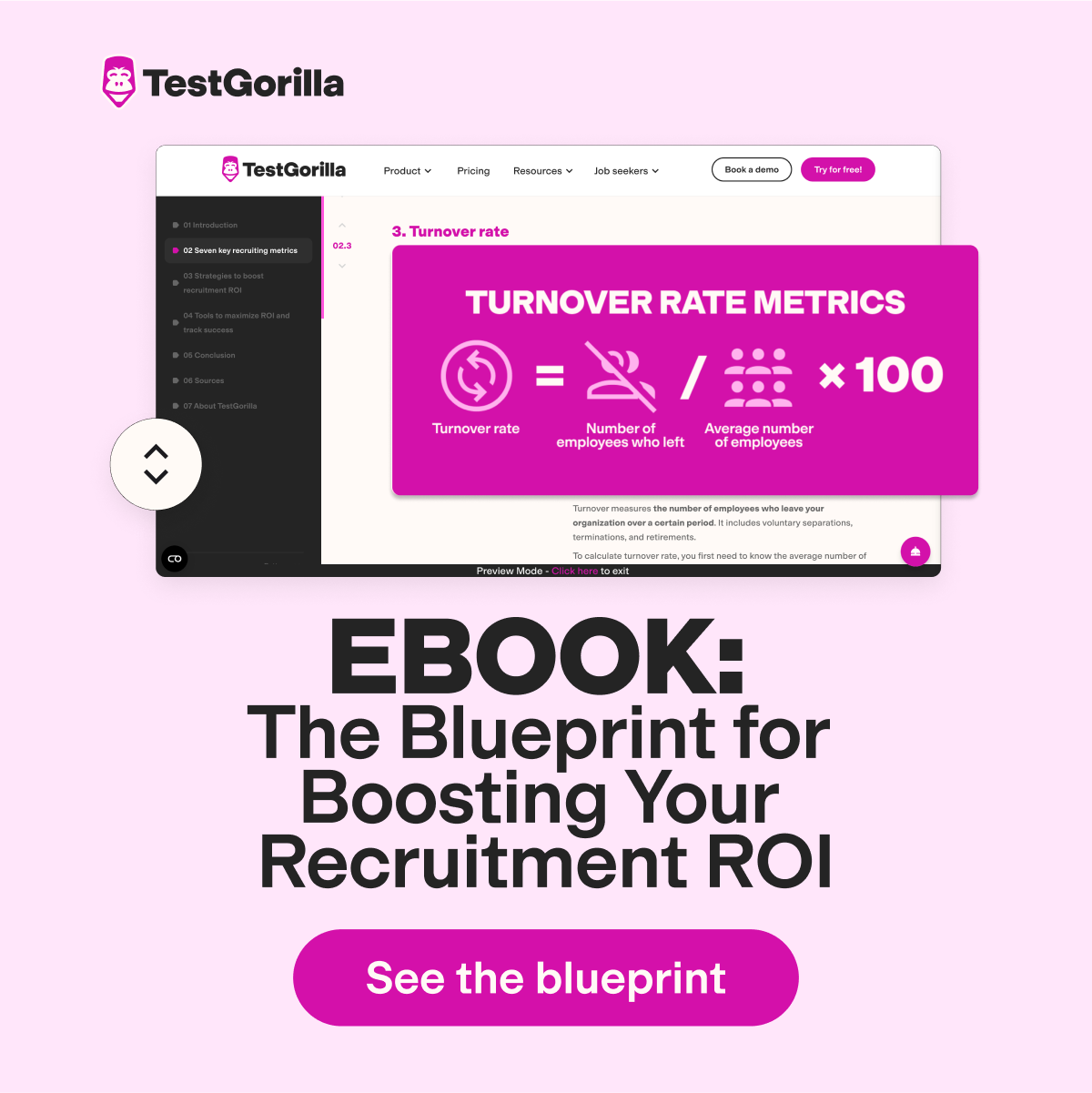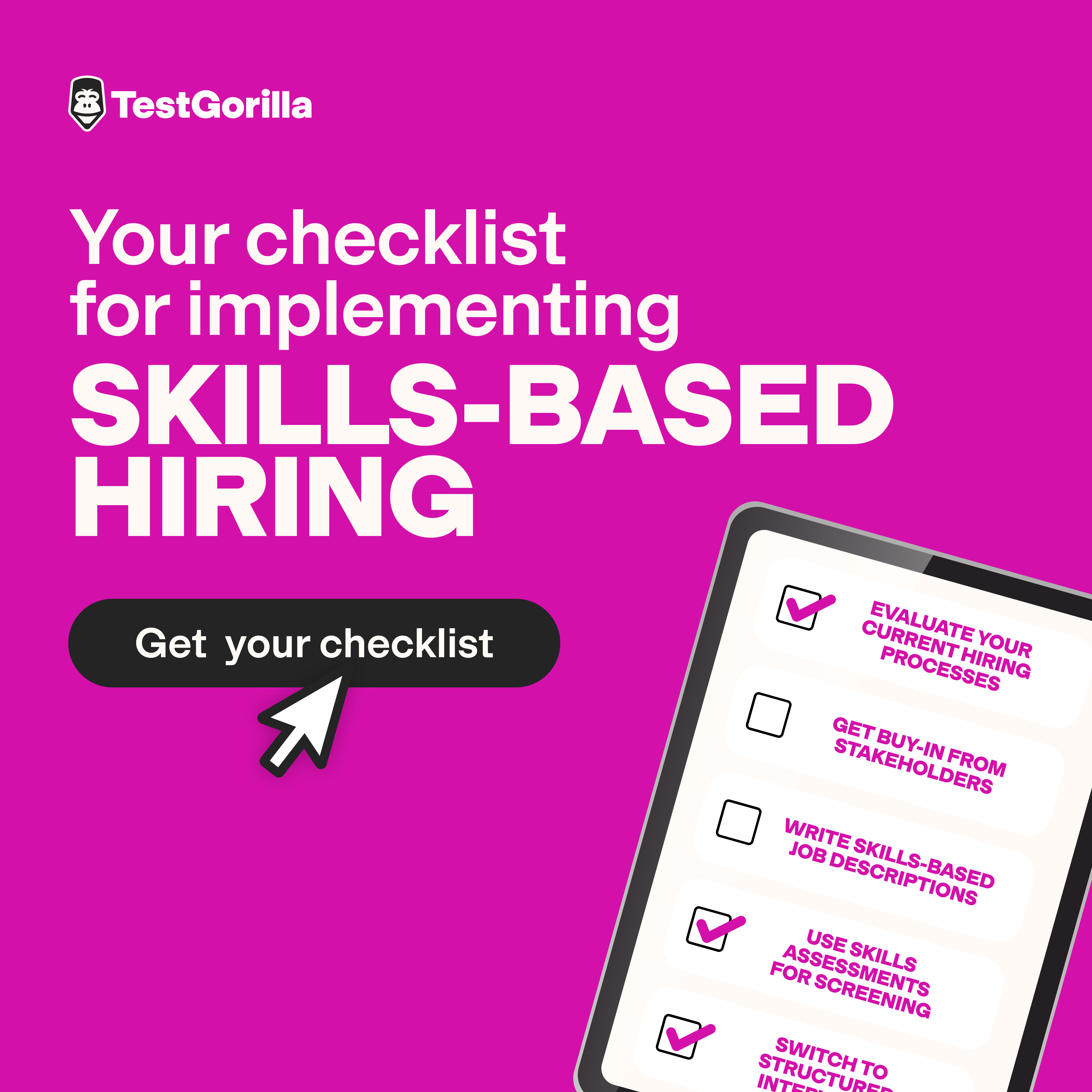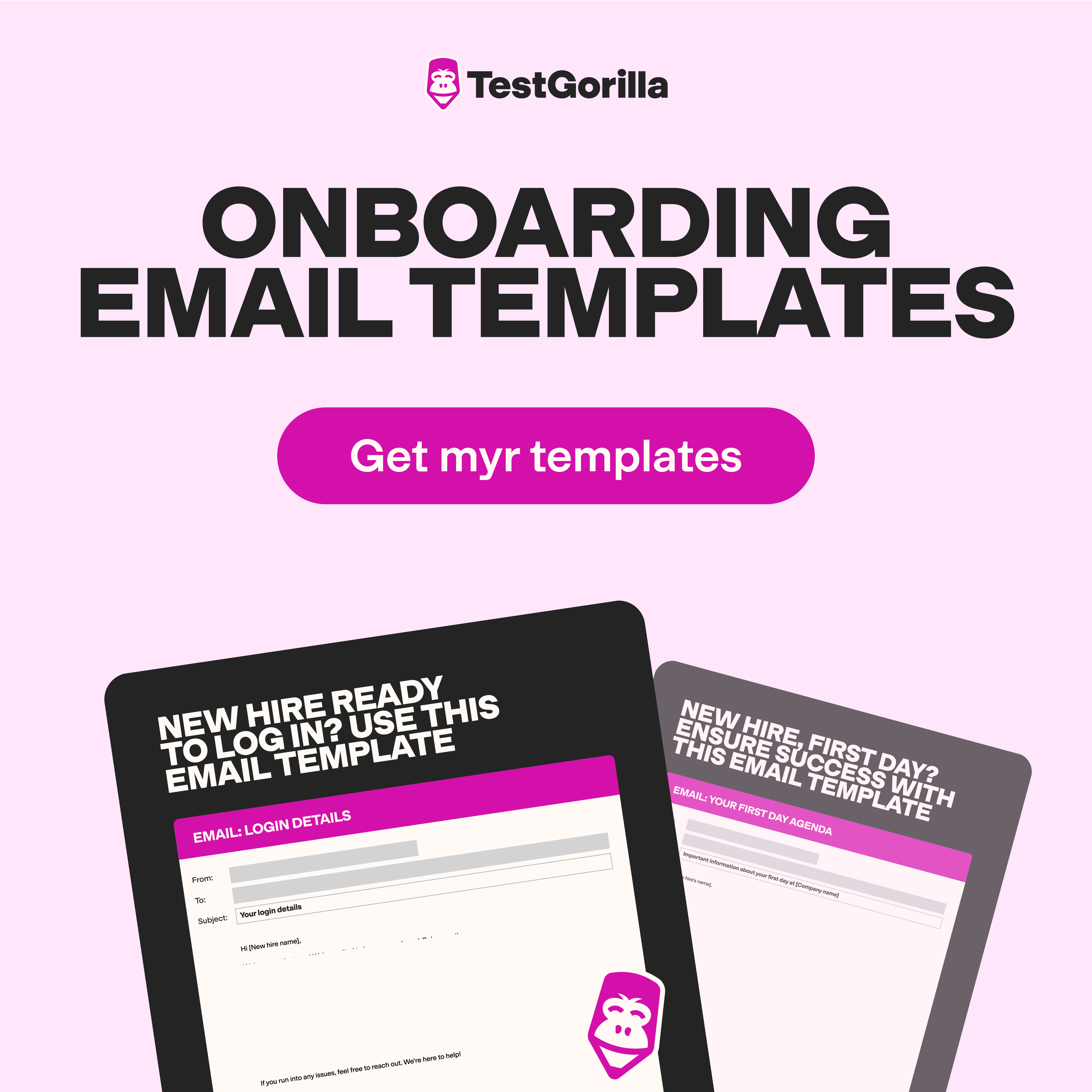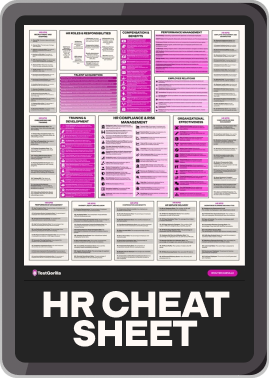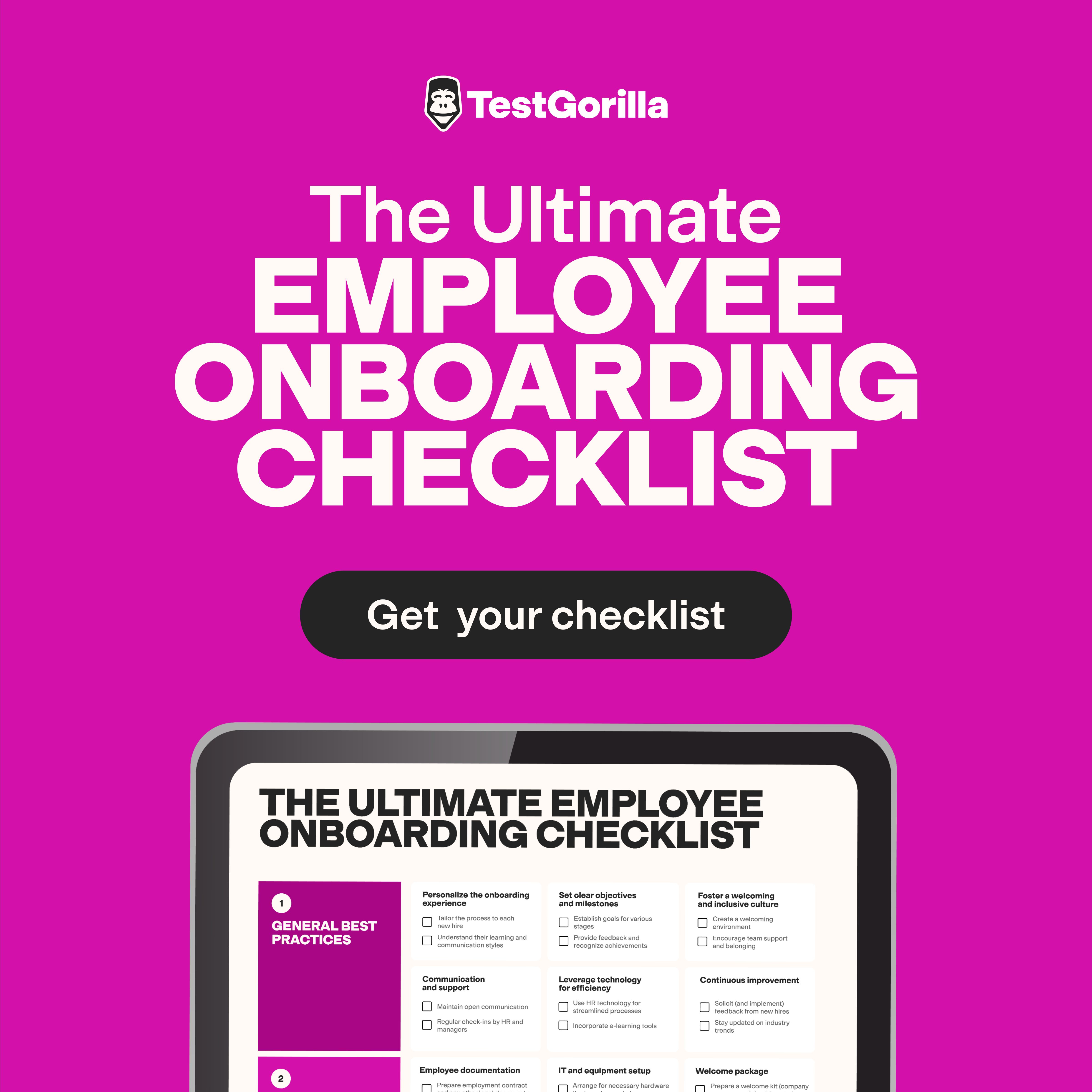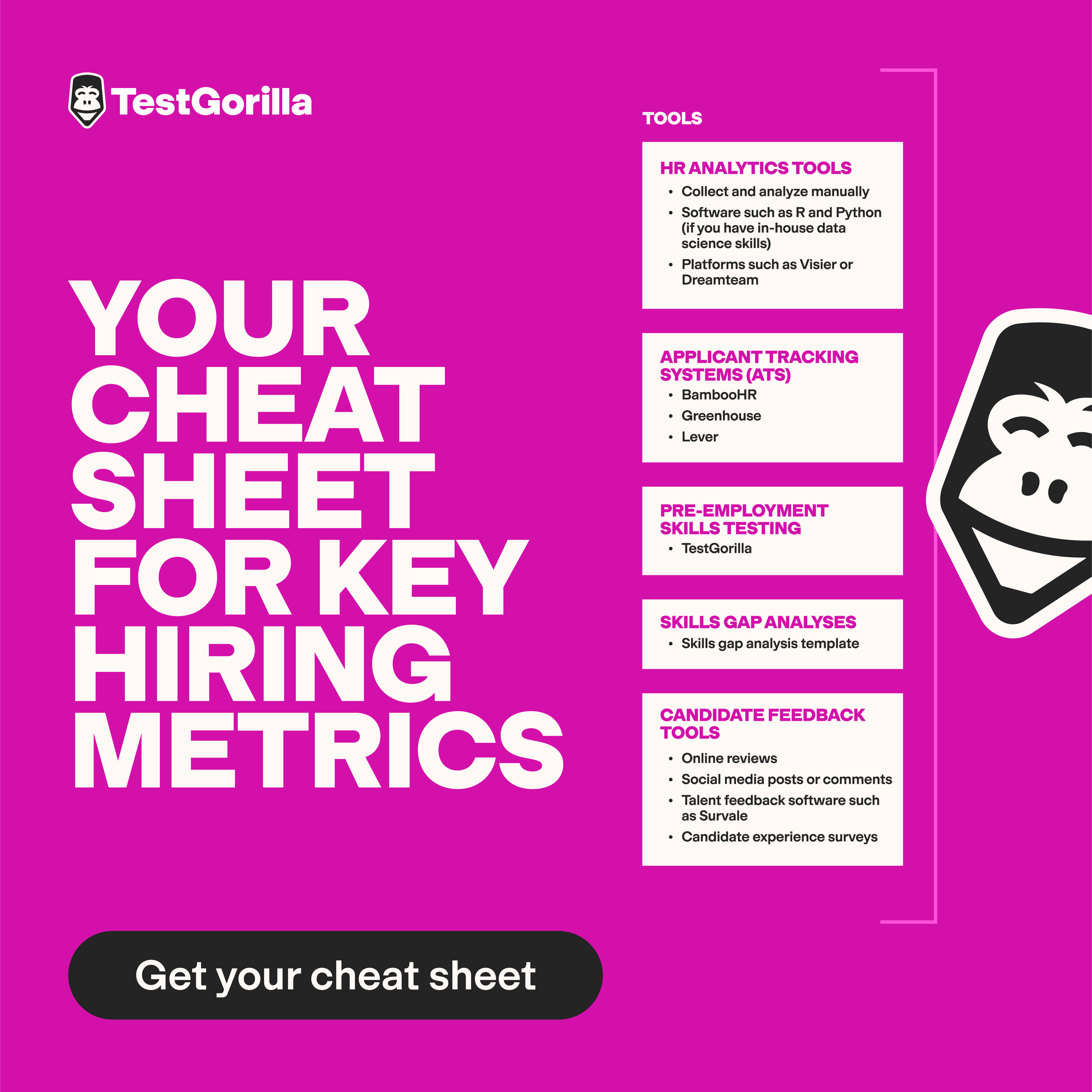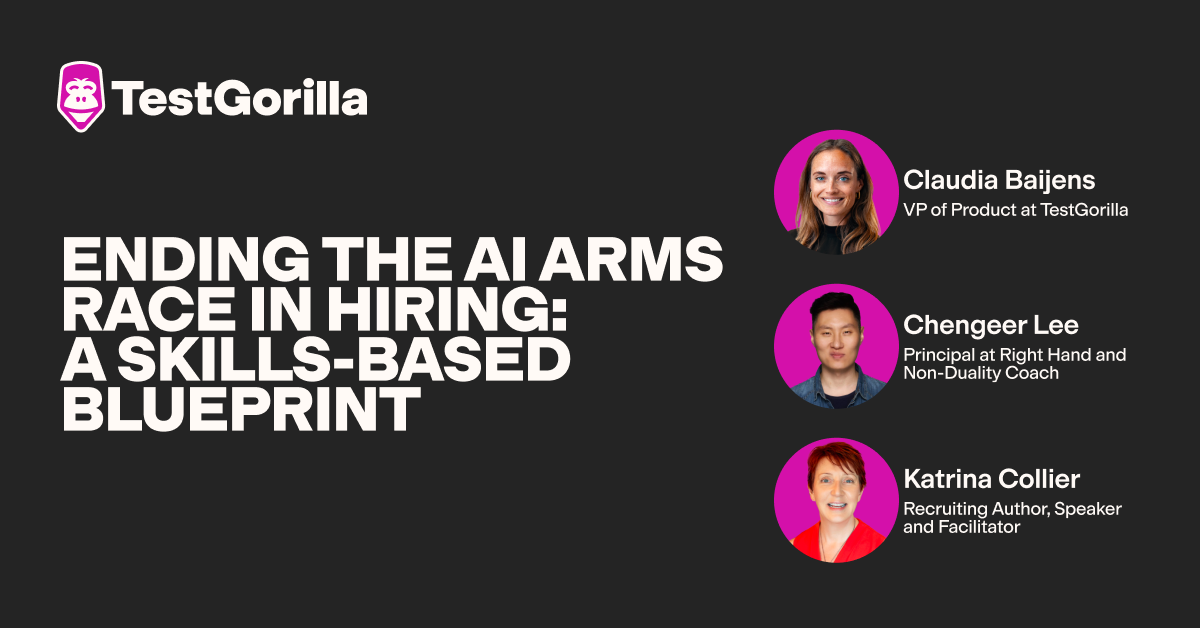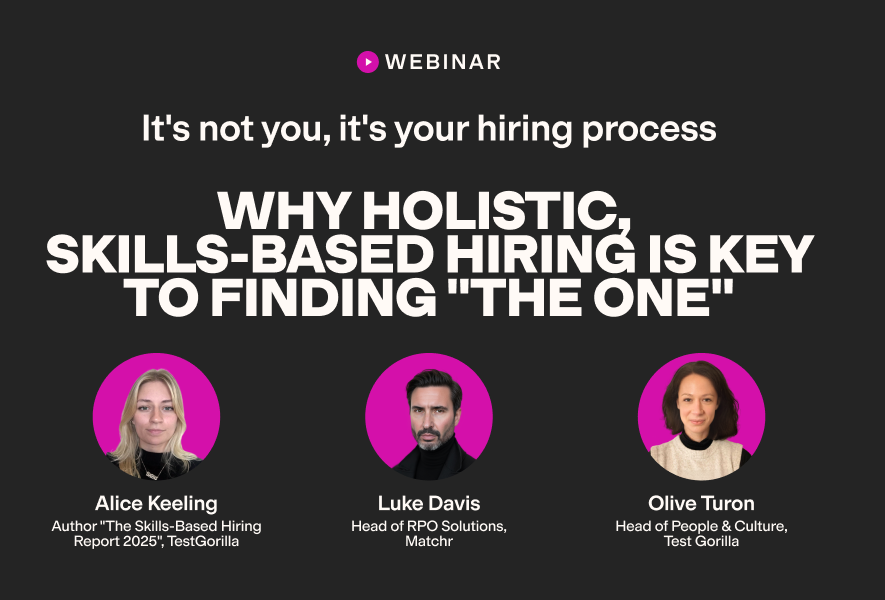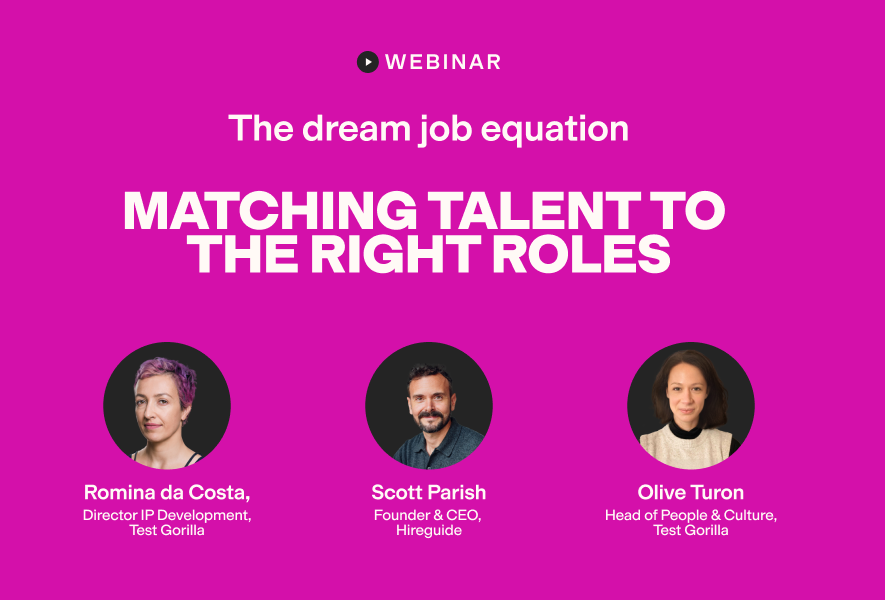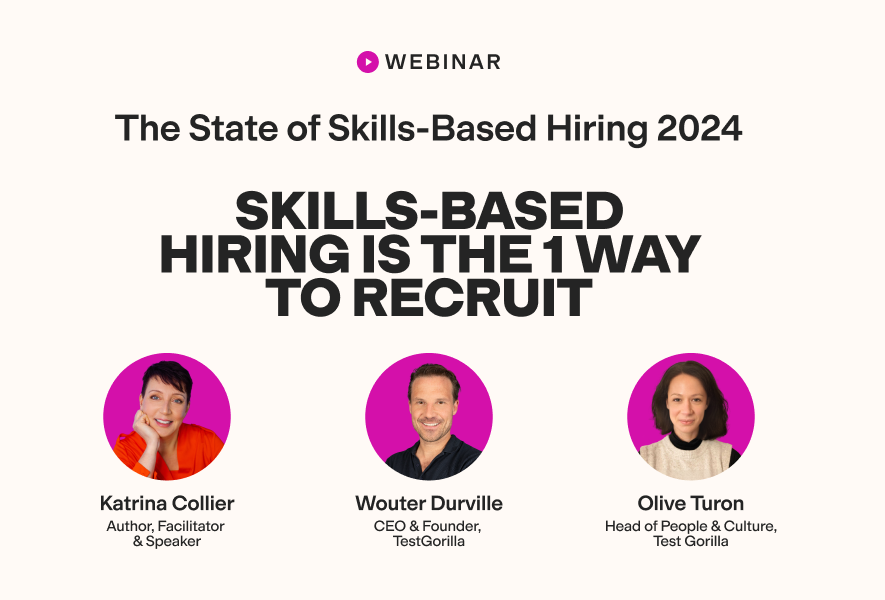The secret to hiring creatives: Evaluating design skills that matter
Imagine two candidates sitting across from you. One slides over an immaculate portfolio – every pixel perfect, every case study polished and refined. The other pulls out a coffee-stained notebook full of interesting sketches and Post-its.
You hire the candidate with the perfect portfolio, naturally. Six months later, they ship a gorgeous product – one that nobody uses. But the candidate with the scrappy ideas? They would've built you something users can't live without.
This happens because evaluating creative thinking solely based on portfolio polish is a non-starter. You're selecting for presentation skills, not problem-solving ability. You're rewarding people who make things look good, not people who make things work. Simply put: It’s bad practice.
The fix? Stop judging candidates solely on what they've made and start evaluating how they think by using a multi-method assessment with a design thinking test that measures the cognitive patterns that matter.
Table of contents
- The problem with traditional creative hiring
- The five behaviors that reveal authentic design thinkers
- Multi-measure assessment reveals what portfolios by themselves hide
- The questions that separate thinkers from talkers
- Eliminate bias with a structured evaluation framework
- What happens when you hire authentic design thinkers?
- Stop wasting talent. Start measuring what matters.
The problem with traditional creative hiring
Juan Montenegro from WalletFinder.ai tells us that, for design roles, "I am interested in how a person describes his/her job. I am interested in how they decided what to construct, what they took into consideration during the process, and what they did when the planning did not work."
Do you notice what Juan doesn't care about? Pretty interfaces. Award-winning campaigns. Impressive client lists. He wants to know how someone thinks. Because human-centered design starts with how you approach problems, not how you present solutions.
Traditional creative hiring fails because you're starting with outcomes and working backward to guess at capability. That's like hiring a chef based on food photos instead of watching them cook.
A Reddit user fell prey to this backwards thinking and shared their hiring nightmare:
"Hired a graphic designer on Behance…This person's portfolio seemed really strong. Solid designs, really professional, great renders, and lots of obvious creative skill… Today I'm sent a logo that was a complete slap in the face. Like, really, really bad. It's flat, ugly, horrible design direction (like genuine amateurish mistakes even I would know not to do), just overall terrible.”
Unskilled designers build products that miss user needs entirely, waste months of development time, and damage your brand reputation with confusing interfaces. Meanwhile, authentic design thinkers get overlooked because their portfolios aren't polished enough. Traditional hiring methods just can't spot them.
The five behaviors that reveal authentic design thinkers
Great design thinkers share specific traits that traditional evaluation methods can miss entirely. These behaviors separate people who truly understand human-centered design from those who just know the buzzwords.
1 - They obsess over users, not aesthetics
These candidates use their designs to tell stories that speak to real people with specific problems. They get excited about user research. They ask "why" until they understand the root issue. Scott Kasun from ForeFront Web shared a perfect example of this with us:
"A client kept saying their website 'doesn't feel right' after three rounds of revisions, but couldn't articulate what was wrong. The designer we hired asked one question that changed everything: 'Walk me through what your ideal customer does in the 30 seconds before they need your website.' That shifted the entire conversation from aesthetics to user journey, and we found the client's real concern was that visitors couldn't find their phone number quickly enough."
2 - They reframe problems before solving them
Instead of accepting your brief, they challenge assumptions. They dig deeper. They often discover the problem you think you have isn't the real problem at all. This saves companies from building solutions to the wrong problems, like designing faster horses when people need cars.
As Scott says, “The strongest candidates don't just design solutions – they redesign the problem itself.”
3 - They generate ideas like machines, then kill most of them
A great design thinking will be able to brainstorm several ideas during initial planning sessions in collaboration with key stakeholders and team members. They're also able to build on other people's thoughts and translate them into workable mockups. They use specific methods like "How might we..." questions to push past obvious solutions. The best ones can generate 50 ideas in 30 minutes, then ruthlessly eliminate 47 of them.
4 - They prototype to learn, not to impress
Every prototype has a hypothesis, such as, "If we move the search bar here, users will find products faster." But the key to perfecting these rough sketches is the willingness to share outputs early and often, because learning matters more than looking smart. Paper sketches beat pixel-perfect mockups when you're testing concepts.
5 - They treat failure as fuel
When something breaks, they get curious. They want to understand what went wrong and how to fix it next time. They record failures and aren't afraid to pivot because each mistake teaches something valuable about users' needs or project constraints.
An understanding of design thinking fundamentals certainly helps you spot these behaviors. But here's the problem: Portfolios hide these patterns, and interviews miss them entirely.
You need a different way.
The best insights on HR and recruitment, delivered to your inbox.
Biweekly updates. No spam. Unsubscribe any time.
Multi-measure assessment reveals what portfolios by themselves hide
Using a single method of design thinking assessment doesn't cover everything you need from a hire. Traditional portfolio reviews select for polish, whereas unstructured interviews (conversations without standardized questions or scoring criteria) reward smooth talkers. Neither measures actual thinking ability!
Decades of research show that unstructured interviews have almost zero predictive validity for job performance. Yet most creative hiring still relies on discussions about past projects. You might as well flip a coin.
What you need are multiple data points. Each method reveals different aspects of how someone approaches problems:
Portfolio analysis shows their communication ability.
Behavioral interviews reveal their experience patterns.
Skills testing measures their cognitive processes. Practical challenges expose their thinking under pressure.
Strategically combine all of these, and you'll see the full picture.
Look beyond portfolio polish to process thinking
Although polished solutions provide some insights into what a candidate can produce, they don't tell the full story. Ideally, you want to see how a designer arrived at the final output. The strongest portfolios tell complete stories – they might include evidence of initial research, unexpected insights, pivotal decisions, even written reflections on what did or didn't work.
Business Development Coordinator Tasnim Loqman can spot the difference immediately:
"Genuine design thinkers tell honest stories about failed experiments and unexpected pivots, while buzzword candidates recite textbook processes without context."
Look for evidence of thinking: user research summaries, early sketches, failed prototypes, iterations based on feedback. Case studies should explain how they figured out what to build, not how beautiful they made it.
Weak portfolios focus on outcomes. Strong portfolios reveal thinking patterns.
Use behavioral interviews to probe real experiences
This separates people who've done the work from people who've memorized frameworks. Use STAR (Situation, Task, Action, Result) and drill into specifics.
Ask for details. When they describe success, ask what almost failed. When they outline the process, ask how it evolved. When they mention research, ask what surprised them.
Add skills testing for objective measurement
TestGorilla's Skills-Based Hiring 2025 report proves the power of skills-based hiring: 76% of employers use skills tests, and 84% are satisfied with the results.
TestGorilla's Design Thinking test evaluates four critical areas: empathy and user-centered focus, problem framing and definition, ideation and creativity, prototyping and iteration. Questions cover real role-relevant skills, not just theoretical understanding.
Use this test to assess the candidates' thinking patterns and how they approach projecs.
Challenge them with practical problems
Give your design candidates a real problem. Watch them work. Do they ask questions first? Do they think out loud? How do they handle constraints?
Live problem-solving sessions should be part of any thorough creative evaluation process, whether you're hiring for innovation, evaluating UX designers, or testing candidates as part of a product design interview process. Present something broad like "Design an app to reduce food waste." Watch their approach, not their drawing.
You're not looking for perfect solutions here. Instead, you're observing how their problem-solving thinking processes work under pressure.
Preston Guyton from Ez Home Search demonstrates why constraints matter, too:
"I test how candidates handle constraint-based creativity. I'll say 'Design a homepage that converts, but the client refuses photography, videos, or any graphics except their logo.' The best responses focus on typography hierarchy, white space strategy, and copy structure rather than trying to convince me why the constraints are wrong. The strongest candidates see constraints as creative fuel – they get excited by limitations because restrictions force innovative thinking."
The questions that separate thinkers from talkers
Standard creative problem solving questions like "Walk me through your process" are practically useless. Everyone recites the same five-step framework. You need questions that force authentic responses.
Tasnim says, “Questions like 'Tell me about a time when user research completely changed your hypothesis,' will give you one story, which you should then dive deeper into. 'What pushback did you get on that project?' 'What were the results?' 'In retrospect, how could you have completed that user research better?' will get them to reconsider their work, and provide you with insights into how they reflect and improve in the future."
Here are some other ideas:
Design thinking skill | Interview question | What to listen for |
User empathy | "Tell me about designing for someone completely different from yourself. What specific steps did you take to understand their world?" | Direct user interaction, changed assumptions, specific research methods, moments of genuine surprise |
Problem-framing | "Describe a project where you realized the original problem was wrong." | Specific questions they asked, assumptions they challenged, how they communicated the reframe, what changed as a result |
Creative ideation | "Let's discuss a time where your first idea was terrible." | Specific brainstorming methods, building on others' ideas, techniques for pushing past obvious solutions |
Prototyping | "Tell me about a prototype that taught you something unexpected." | Hypothesis-driven testing, willingness to share rough work, iterations based on feedback, learning from failure |
Remember that real experiences have details. Prepared stories tend to stay surface-level.
These design thinking interview questions for creative problem-solving work across disciplines. Follow up aggressively on your creative thinking tests. "What resistance did you face?" "How would you do it differently?" "What would unlimited resources have changed?"
Eliminate bias with a structured evaluation framework
To fix the subjective and often biased nature of traditional creative hiring, you need a structured framework that measures what actually matters. This framework applies to all assessment methods – portfolio reviews, interviews, skills tests, and practical challenges.
Start with behavioral rubrics for each key skill. Instead of relying on gut feelings, you should define what different proficiency levels – like basic, skilled, or advanced – look like for a competency such as problem-framing. This creates a clear, objective standard for every candidate.
A great framework is only effective if your team uses it consistently, though. So train your team by running calibration sessions where everyone reviews sample responses and discusses scoring rationale together. This builds a shared understanding of what "good" looks like.
You can further reduce bias by using multiple evaluators, assigning a different skill (like empathy or ideation) to each interviewer. They can then compare notes to form a more complete and objective picture of the candidate's abilities.
Even better: Candidate evaluation platforms like TestGorilla automatically handle scoring and ranking for you, removing human subjectivity from the evaluation process entirely – whether you’re using skills-based assessments, custom video questions, or a combo of assessment methods.
Ultimately, your framework should reflect your own values while championing a user-first mindset and job-relevant skills. This structured framework is effective whether you're hiring designers in general or looking for specialized product designers.
What happens when you hire authentic design thinkers?
Traditional hiring methods select for credentials over capability. Skills-based hiring flips this. You select people with thinking patterns that drive innovation: People who ask better questions. People who challenge assumptions. People who prototype ideas instead of debating them.
TestGorilla's research proves the impact: Skills testing reduces time-to-hire for 60% of employers and cuts mis-hires for 67%.
But the real transformation happens organizationally. The new design thinking spreads beyond your design teams and affects how your product teams approach features, how marketing teams understand customers, and how leadership teams make strategic decisions.
Consider the ripple effects: When your designer brings user research to a product planning meeting, suddenly everyone starts asking "What do users actually need?" When they prototype solutions instead of arguing about them, other teams take the same approach. When they share failure stories openly, other departments feel safe enough to do the same.
Stop wasting talent. Start measuring what matters.
Test how people think, not what they've made. Use multiple assessment methods to reveal cognitive patterns, and build structured frameworks that measure capabilities over credentials.
TestGorilla's Design Thinking test provides the best foundation for objective evaluation that identifies innovation-driving talent. Combined with behavioral interviewing and practical challenges, you can build hiring systems that consistently find creative problem-solvers who elevate organizational impact.
Try TestGorilla for free, or grab a free demo, and discover how skills-based assessment helps you identify the innovation-driving talent that creates products people love.
You've scrolled this far
Why not try TestGorilla for free, and see what happens when you put skills first.


